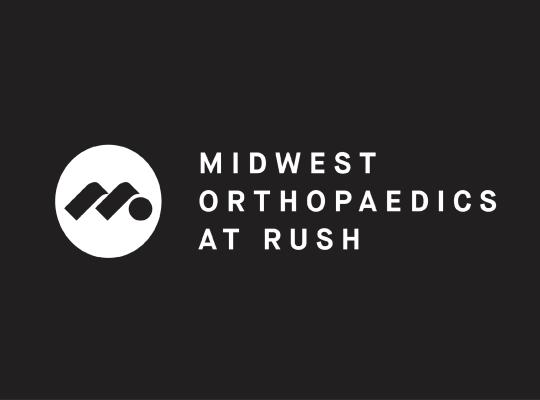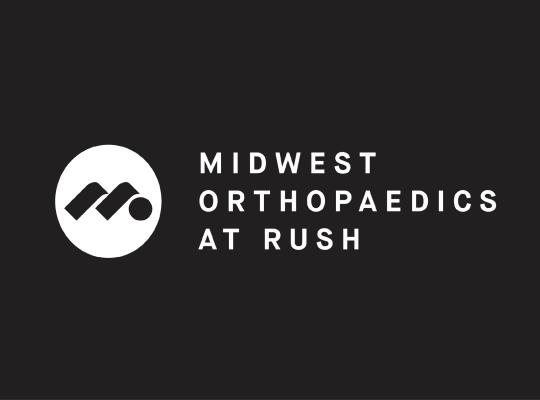January 5, 2024
Midwest Orthopaedics at RUSH wants to keep platform tennis players safe and injury-free this season. A 2018 player survey conducted in conjunction with the American Platform Tennis Association showed that the five most common platform tennis injuries include: tennis elbow, calf strain, meniscal or ACL tear, ankle sprain, and rotator cuff injuries.
To help prevent each of these, our physical therapists recommend the following prevention strategies which should be performed before a practice or game. You need a resistance band, a thick book or step, and a towel.
Note: Never perform these exercises if you are experiencing pain and contact a physician if your pain persists.
Tennis elbow
Forearm stretch
To set up, begin sitting in an upright position with your dominant arm straight in front of you, your hand in a fist, and your palm facing downward. Slowly bend your wrist toward the floor as far as you can and hold, then relax and repeat.
Tip: Make sure only to move within a pain-free range of motion.
Calf strain
Gastroc stretch
To set up, begin standing upright with the front of one foot resting on a thick book or step. Step forward with your other leg, keeping your back knee straight. Shift your weight forward until you feel a stretch in your calf.
Tip: Make sure to keep your back knee straight during the stretch.
Knee injuries
Half kneeling hip flexor stretch with side bend
To set up begin in a half-kneeling position with one knee bent in front of your body. Tighten your abdominals, tilt your pelvis backward, and gently push your hips forward. Maintaining this position, slowly raise your opposite arm overhead and lean your torso to the side of your front knee. Hold this position, then relax, and repeat.
Tip: Make sure to maintain your balance and keep your movements slow and controlled during the stretch.
Bridge with straight leg raise
To set up begin lying on your back with both legs bent and your feet resting on the ground. Tighten your abdominals and lift your hips off the ground into a bridge position. Straighten one leg with your thigh in line with your other leg, then lift your straight leg several inches. Your body should be in a straight line.
Tip: Make sure your movements are slow and controlled. Do not let your hips drop as you lift your leg.
Ankle sprain
Seated ankle eversion
To set up, begin sitting upright with a resistance band looped around your foot and anchored around a table leg on the opposite side of your foot. Rotate your ankle outward, pulling against the resistance, then slowly return to the starting position and repeat.
Tip: Make sure to keep your foot parallel to the floor and try to keep the rest of your leg still during the exercise.
Seated ankle inversion
To set up, begin sitting upright with a resistance band looped around your foot and anchored around a table leg on the same side as your foot. Rotate your ankle inward, pulling against the resistance, then slowly return to the starting position and repeat.
Tip: Make sure to keep your foot parallel to the floor and try to keep the rest of your leg still during the exercise.
Rotator cuff injuries
Standing bilateral low shoulder row
To set up, begin in a standing upright position holding both ends of a resistance band that is anchored in front of you with your palms facing up. Pull your arms back against the resistance band, bending at your elbow, then return to the starting position and repeat.
Tip: Make sure to keep your back straight and think of squeezing your shoulder blades together as you pull your arms back.
Standing shoulder external rotation
To set up, begin in a standing upright position holding both ends of a resistance band. Your elbows should be bent at 90 degrees with a towel roll tucked under each arm, and your thumbs pointing outward. Slowly rotate your arms out to the side, then bring them back to the starting position and repeat.
Tip: Keep your hips and shoulders facing forward throughout the exercise. Think of squeezing your shoulder blades down and back as you pull your arms outward.



